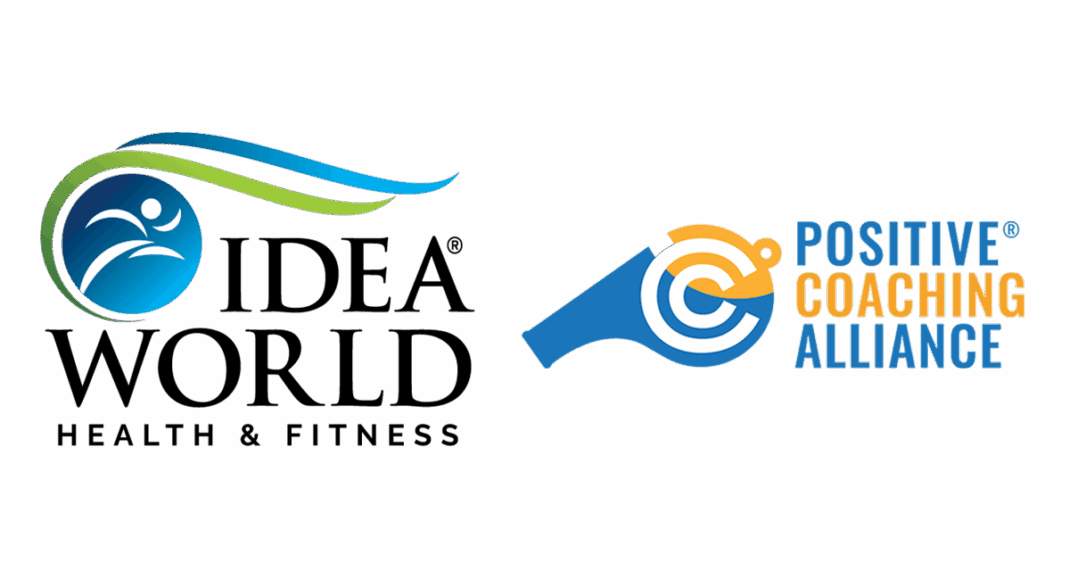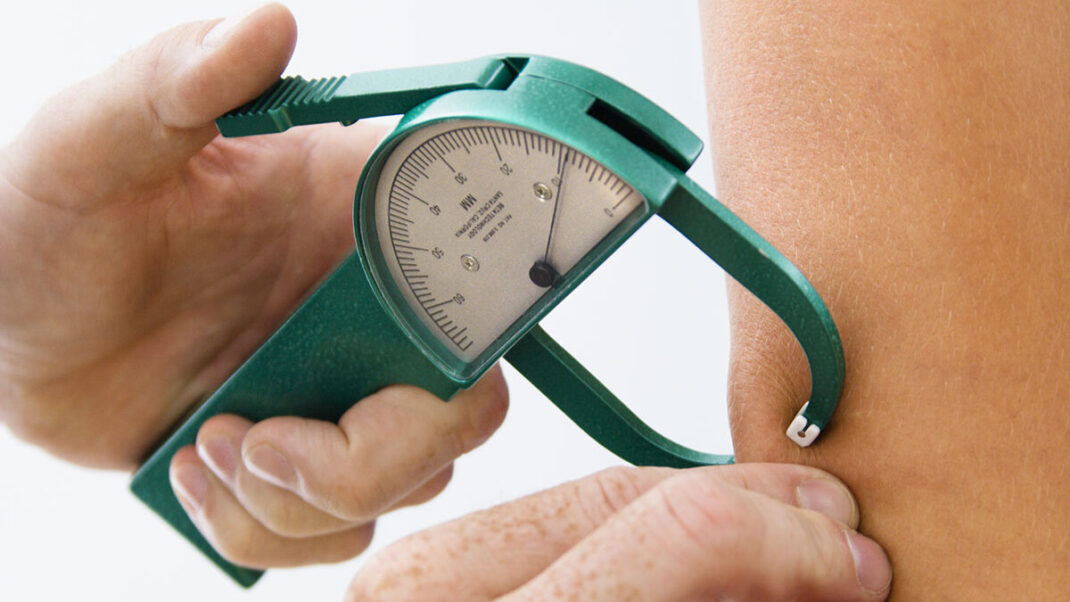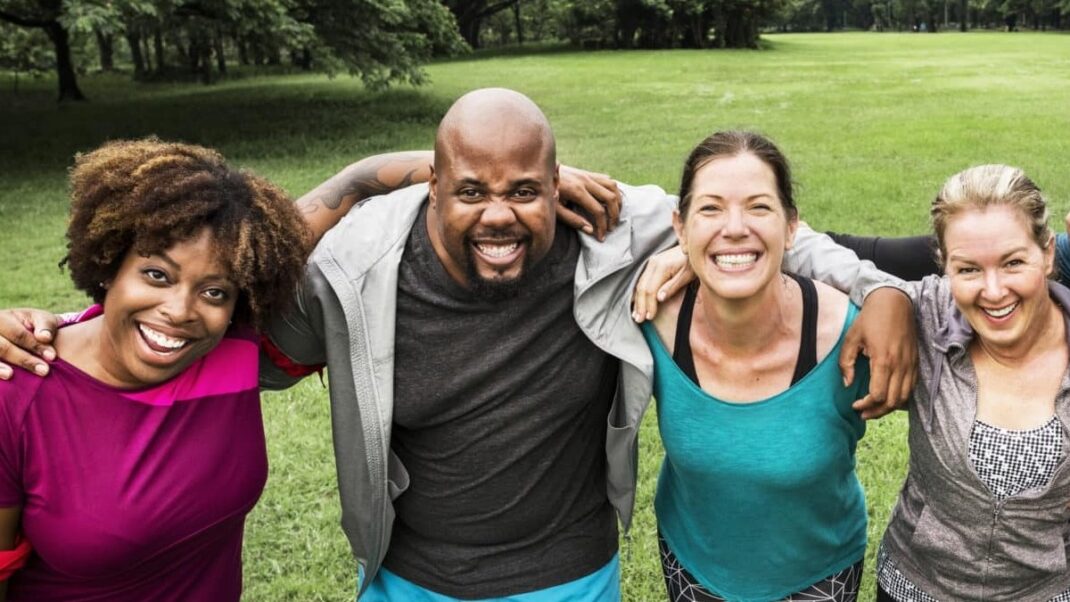Applying the Benefits of Mindfulness to Your Business
Use these simple techniques to improve your creativity and productivity.

Wake up, drink coffee, train clients, eat, work out, go to bed, repeat. Aside from the occasional happy hour or dinner date, does this routine seem to be all there is to your life as a personal trainer? You may wonder how you’ll ever break this monotonous cycle and build a business that energizes and inspires you.
This is where mindfulness comes into play.
Although mindfulness conjures images of stacked rocks and sitting in stillness, it’s widely practiced by athletes, executives and entrepreneurs to break out of a rut and improve performance. To be successful in the ever-evolving fitness industry, trainers and business owners need to constantly reinvent themselves—and then take action to execute their new ideas. The character strengths that drive this ability are creativity and productivity.
How can simply sitting lead to greater creativity, productivity and success? Learn how to incorporate mindfulness techniques into your day, so that you can stop spinning your wheels and can move toward a more rewarding and prosperous future.
Mindfulness and Creativity
Feeling stuck and having low energy may be associated with laziness, but this state is actually quite anxiety-provoking. It might not produce the same kind of acute stress as being under attack does, but there’s evident discomfort caused by the fear that whatever you’re doing—or not doing—isn’t enough to get by on. I’ve witnessed my stress-fueled clients spin their wheels, desperate to find a way out of the stagnation they’re in. While this mental “busyness” can give the illusion of productivity, it rarely leads to anything of value or anything sustainable. This is because when you’re under stress your mind becomes muddled, and developing a creative plan or a viable next step for your business is extremely difficult.
When my clients are trying to create change under stress, they typically default to one of two modes: Either they sit for hours, focusing intently on their computer screen as if they could force a new idea into a Word document; or they avoid sitting at their computer at all.
Mindfulness offers a chance to shift away from how we typically approach the creation of new business strategies. Mindfulness meditation has been shown to induce a control state that promotes “divergent thinking”—a style of thinking that allows the generation of new ideas. While science isn’t exactly sure how mindfulness leads the brain to greater creativity, when your mind is calm, creative ideas naturally reveal themselves. Practicing mindfulness helps your looping thoughts loosen their grip on your awareness, allowing your more creative, unconscious brain to produce new ideas and make new connections. Sitting in stillness makes space for novel solutions and new perspectives to arise, as if in a flash of insight. The new insights might suggest a different direction for your business to take, a new marketing plan or a strategic partnership you’ve never considered. These insights seem to appear in a way that makes you wonder, “Why didn’t I think of that before?”
Here are two creativity practices to help you shake your innovative ideas loose:
Creativity Practice #1: “Sit on It”
Albert Einstein is known for saying, “We can’t solve problems by using the same kind of thinking we used when we created them.” The inspiration for countless inventions and new ideas doesn’t come from a busy mind grinding out a plan. It comes from a calm, receptive and open mind. The next time you feel stuck, instead of worrying and strategizing, formulate a question and then just “sit with it.” Don’t try to answer the question; just relax your body and turn your attention to the sensations of breathing. If necessary, briefly ask the question again: “How will I attract more clients?”—or whatever question you’re seeking to answer. Continue to sit, focus on your breathing and become aware of the thoughts that naturally arise as if you were observing them from a slight distance. Allow those thoughts to come and go naturally. As you settle, you may hear the voice of wisdom offer a new idea or perspective. This might not happen the first time you do it, so keep your expectations loose. Practice patience, and see if you can commit to “sitting with it” every day for a week.
Creativity Practice #2: Shift Perspectives
We tend to think that the way we see things is the way they really are. However, the thoughts we have about a particular situation are actually a story we’ve made up based on our own fears, expectations and desires, and they don’t necessarily reflect the absolute truth. The important thing to know is that you’re not tied to your current perspective. If things are looking bleak for your business, shift your perspective and ponder how you could see the situation 20 years in the future. Or, consider how someone else, like your favorite teacher or role model, might see it. How would an optimist view whatever you’re facing? Keep playing with perspectives until you find one that feels authentic, energizing and freeing.
Mindfulness and Productivity
Productivity is measured by efficiency of output—or the amount of work that can be accomplished in a given period of time. The enemy of productivity is distraction, and the main ally of productivity is focus. Mindfulness has been shown to minimize distraction and improve focus.
Here’s how distraction works: Even if you’ve organized your schedule to allot a certain amount of time to a given project, you may not use that time productively. First, there are the external distractions of incoming emails, unexpected phone calls and competing priorities. Then there are the internal, emotional distractions that stem from boredom or from a general aversion to what you said you were going to do. Your inner 3-year-old wants to go out and play or make a snack—anything but work on the project. Unfortunately, most of this distraction takes place under the radar. You might not even be aware that you’ve become distracted, until you “wake up” 15 minutes later and find that you’ve been clicking around on Facebook. Distraction is sneaky that way.
By definition, mindfulness is the practice of focusing attention in the present moment on what matters most. Here’s an analogy: Think of attention as a freeway and all the potential distractions as off-ramps. Your intention is to drive 100 miles north, but you find yourself pulling off the Interstate every few exits. You don’t mean to do this; you don’t even remember changing lanes. But you continue to wander around at rest stops instead of moving toward your destination. Mindfulness is like having a really committed friend sitting in the front passenger seat, helping you stay on course. Every time you lose focus and start to pull over, your nonjudgmental inner co-pilot whispers, “Hey, we’ve got 80 miles to go. Let’s keep driving.” Even when the rowdy passengers in the backseat shout, “Yeah, but 100 miles is too far and I want to get out,” your infinitely compassionate co-pilot says, “I know this is hard, but right now we’re going to keep moving forward.”
Here are two productivity practices to keep you focused on the tasks at hand:
Productivity Practice #1: Set an Intention
If you don’t have an intention to travel 100 miles north, why shouldn’t you pull over whenever you feel like it? To combat this lack of direction, the next time you sit down to work on a project, begin by setting an intention—such as to work for 60 minutes straight, to finish a newsletter or to empty half of your email inbox. Hold onto this intention, not as a rigid destination but as an anchor for your attention. When distractions start to pull you off course, it’s this original intention that you return to time and time again.
Productivity Practice #2: Cultivate the Compassionate Inner Co-Pilot
Many high performers use inner criticism as motivation to push themselves forward. However, research shows that in the long term, self-compassion actually works better than inner criticism as a way to motivate action (Breines & Chen 2012). Rather than berating yourself every time you take the exit of distraction, try talking to yourself in a firm but kind voice. Imagine a coach, mentor, teacher or parent who’s been a good example for providing this kind of discipline. Recall the ways that person encouraged and supported you, even during challenging moments. Now, see if you can take on that same energy and way of being as you approach your next project.
Practice Makes Progress
Mindfulness, like physical strength, is a capacity that is developed over time. As you’ve probably heard, regular meditation practice is the best way to cultivate the mindfulness that’s essential for bringing greater creativity and productivity into your life and business. But even if you don’t take up meditation—and even if you remember nothing else from this article—remember to pause and check in with yourself. The next time you find yourself feeling stuck, grinding your gears or making another snack in the middle of writing your blog, pause and say to yourself, “Aha! Here I am!” This is the moment to wake up. This is the only moment you can change.
References
Breines, J.G., & Chen, S. 2012. Self-compassion increases self-improvement motivation. Personality and Social Psychology Bulletin, 38 (9), 1133-43.
Pete Kirchmer
Pete Kirchmer is the founder of Mindfulness Based Health and is the Assistant Director for the UCSD Center For Mindfulness mPEAK (Mindful, Performance Enhancement, Awareness & Knowledge) Program. Pete specializes in coaching his clients in applying the practice of mindfulness to making healthy lifestyle changes as well as improving performance in life, work and sport. Pete has completed training as a Mindfulness Based Stress Reduction (MBSR) Teacher through the U Mass Oasis Inst., holds a BS in Exercise Physiology, and is a Certified Professional Life Coach through the Coaches Training institute, Center for Applied Positive Psychology and Wellcoaches. Pete is also a certified STOTT Pilates Instructor and efi Sports Medicine Master Trainer. Personally, Pete walks the talk and knows fist hand about the challenges along the path to wellness. He has successfully managed symptoms from two debilitating back injuries, balanced adrenal fatigue, overcome chronic digestive issues and maintained a fifty pound weigh





